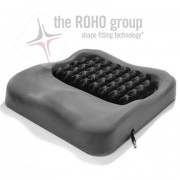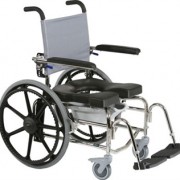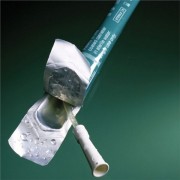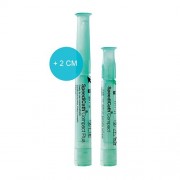What is Autonomic Dysreflexia?
Autonomic Dysreflexia, also known as hyperreflexia, represents over-activity of the Autonomic Nervous System causing an abrupt onset of excessively high blood pressure. Individuals’ with a spinal cord injury at T-6 level or above are usually at risk for Autonomic Dysreflexia. Autonomic Dysreflexia can develop quickly and is potentially life threatening and is considered a medical emergency. If not treated promptly and correctly, it may lead to seizures, strokes, and even death.
Signs & Symptoms
- Pounding headache (caused by the elevation in blood pressure)
- Goosebumps
- Sweating above the level of injury
- Nasal Congestion
- Slow Pulse
- Blotching of the Skin
- Restlessness
- Hypertension (blood pressure greater than 200/100)
- Flushed (reddened) face
- Red blotches on the skin above level of spinal injury
- Sweating above level of spinal injury
- Nausea
- Slow pulse (< 60 beats per minute)
- Cold, clammy skin below level of spinal injury.
What to do?
- Sit up or raise your head 90 degrees.
- Take off or loosen anything tight or restrictive.
- Monitor your blood pressure every 5 minutes if greater than 20mm Hg over your baseline. Be sure to use an appropriate size cuff.
- Empty your bladder (i.e., catheterize your bladder.) If you have an indwelling catheter check for kinks and blockages.
- Disimpact bowel after inserting anesthetic jelly or ointment.
- Examine skin for new wounds, pressure ulcers, burns, cuts, insect bites, etc.
- Assess for any other possible source of harmful/painful stimuli or irritant if symptoms have not resolved.
- If you are not able to promptly resolve symptoms on your own, call your healthcare provider for further assistance or go to your nearest emergency room.
IMPORTANT: Tell hospital staff that you may have dysreflexia, need your blood pressure checked, need to remain sitting up, and need cause of the problem sought.





